six ads copy tips
1️⃣ Use numbers
It’s important to remember that numbers draw more attention in your copy with a specific callout. Consider using a stat or fun fact!
The number you choose to showcase should help the shopper understand why they need your product. If it’s on-brand for your company to joke around, try that! Or go the more traditional route:
2️⃣ Add important message callouts
It's a classic, but hooks like:
Create an instant emotional response to engage with your message. Using this style prompts ad readers to react with more urgency and intensity.
3️⃣ Position as a win
Any unique offer element can be framed this way, but clients have seen success with hooks using:
Give the prospect a positive response right away and create excitement about your offering. Now you just have to deliver with the offer positioning itself.
4️⃣ Position as a secret
Similar to positioning as a win, this is a different way to make someone feel like they've won.
5️⃣ Lifestyle
Seasonality and lifestyle can be winning angles! Consider if the product you’re offering fits into someone's seasonal routines and lean in.
What problems might your product solve for your target market during the summer? What way might it make someone's summer better?
6️⃣ Innovative and new
People want to feel like they're onto the newest and coolest trend. Share the innovation behind your product and leverage angles like:
7 Psychological Triggers To Use In Your Sales Funnel & Website
Platforms and technologies change but human psychology remains the same. These triggers are borrowed from Robert Cialdini’s book “Influence: The Psychology of Persuasion” – a must-read if you work in marketing or sales.
Reciprocity
You scratch my back, I’ll scratch yours. As humans, we feel obligated to return the favor if someone is generous. Set up a “buy 1, get 1 free” offer on your website.
Commitment & Consistency
If people try something for free, they’re less likely to return it. Boost your website’s conversion rate with a free 30-day return so your customers think: “If I don’t like it, I can just return it!” In most cases, they’ll like it, keep it, and come back or refer a friend.
Liking
People like people they can relate to. Tell your brand or brand owner’s story on your “About Us” page and make sure it’s authentic.
Authority
People trust experts who endorse a brand – especially when their values align with the brand’s values. This is why influencer marketing remains so effective.
Social Proof
People pay attention to others’ recommendations and trust websites more if they include reviews. A healthy social media following will also help!
Scarcity
Scarcity and FOMO are timeless eCommerce tactics. Nobody wants to miss out on good opportunities or deals. Run a sale and see for yourself.
Risk Removal
Eliminate every objection a shopper could have when visiting your site, e.g. include a “no questions asked money-back guarantee”. As long as your product’s quality is high, they won’t take you up on the offer. high, they won’t take you up on the
FB Google Analytics Tracking Set Up
This is the core of what we use right now(will be updated once Google Analytics goes through a major upgrade mid-2023!) Below is the exact string we drop into the URL parameters within the ad utm_source=facebook&utm_medium=cpc&utm_campaign={{campaign.name}}&utm_content={{adset.name}}&utm_term={{ad.name}} utm stands for "urchin tracking module" - Urchin is the analytics tool Google bought in 2005.... to break this down: utm_source=facebook - this is our chosen name for when clicks come from Facebook. Some call this fb, and for other channels this would be Google, Email etc &utm_medium=cpc - cpc stands for cost per click and an old school way of saying that its a paid search channels. I've seen 'paid' being used as well as cpc and paidsocial. Choose something that makes sense for you &utm_campaign={{campaign.name}} - we're pulling in a dynamic variable for the campaign name - which is why its important to name your campaign well. You may have seen our naming convention in The BPM Method (ie 1_COLD_WC etc) which is useful in GA to analyse at a glance. This matches GA's campaign view exactly &utm_content={{adset.name}} - as above except we're pulling in the ad set name to the 'content' breakdown in GA. &utm_term={{ad.name}} - as above and we're pulling the ad name into the 'term' segment in GA (meaning you'd have to add this as a secondary dimension to see the data). If easier, you can use Google's own UTM tracking builder here :Campaign URL Builder Note: once you set your campaign/adset/ad names in Facebook, any changes will NOT be reflected in your UTM tracking.

How to create REAL urgency with your brand
Scaling DTC brands from $1M→$20M no longer comes down to media buying tactics.
It's all about:
- Building systems for cranking out creative assets weekly (ugc/statics/videos) - Landing page testing - Getting creative with offers (not just %/$ off) - Email/SMS flow optimization My answer to "what's your ad account setup?" Cold (CBO) - best audiences + best ads Cold (CBO) - cost caps - broad + best ads Cold (ABO)- audience/creative testing Rem (ABO) - middle/bottom funnel ad sets on 3/7/14/30/180 day splits Loyalty (ABO) - purchasers - up/cross selling
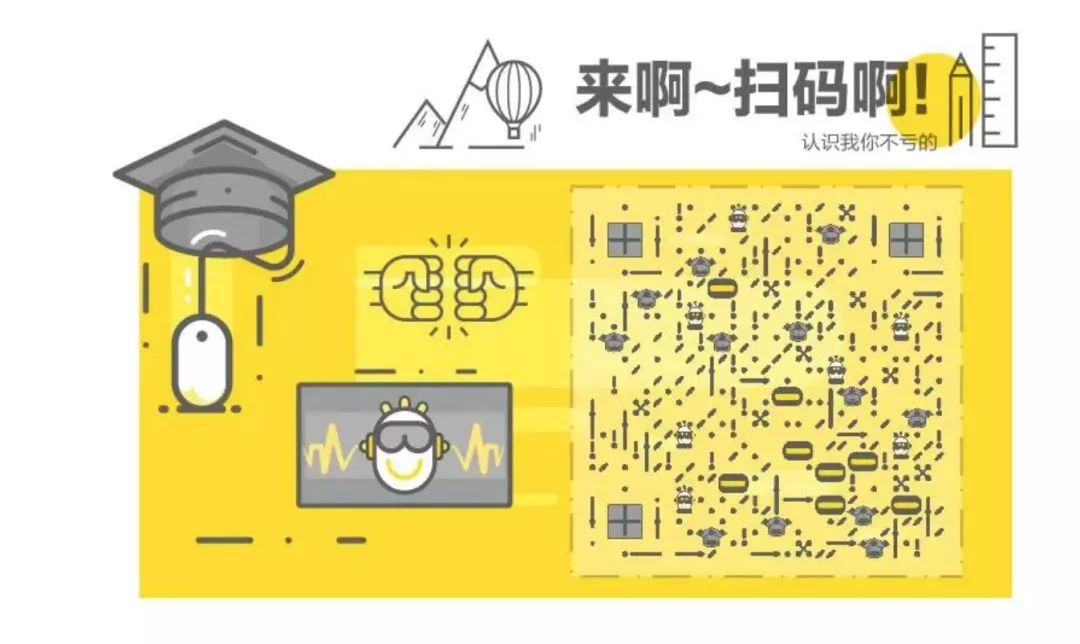
文章为作者独立观点,不代表DLZ123立场。如有侵权,请联系我们。( 版权为作者所有,如需转载,请联系作者 )
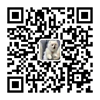
网站运营至今,离不开小伙伴们的支持。 为了给小伙伴们提供一个互相交流的平台和资源的对接,特地开通了独立站交流群。
群里有不少运营大神,不时会分享一些运营技巧,更有一些资源收藏爱好者不时分享一些优质的学习资料。
现在可以扫码进群,备注【加群】。 ( 群完全免费,不广告不卖课!)


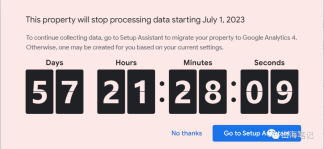

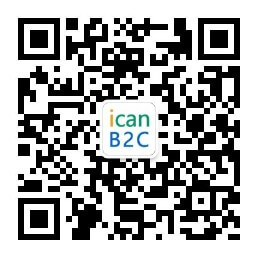
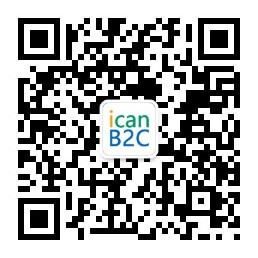
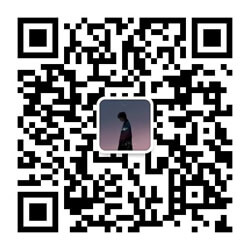
发表评论 取消回复